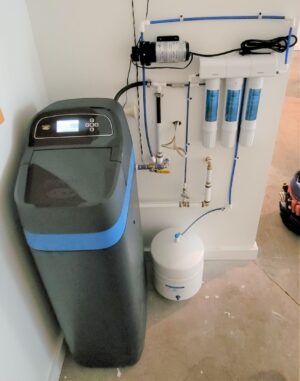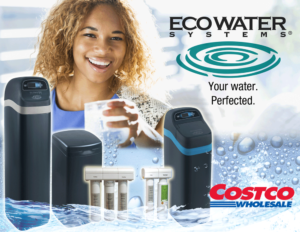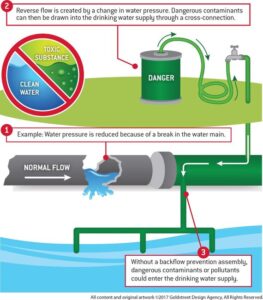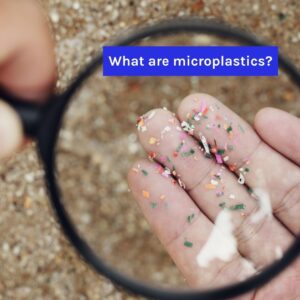
Water Softeners transform hard water into the so-called soft water by reducing its mineral content. Hard water mainly contains calcium and magnesium metal, and sometimes bicarbonates and sulfates. Soft water, on the other hand, is the type of water with none or little content of the mentioned minerals.
A process is used in decreasing the calcium, magnesium, and in some cases manganese and ferrous iron dissolved in hard water. The fact is a water softener is a system for transforming chemically hard water into a soft water.
Water Softeners replace the calcium and magnesium contents in hard water by using sodium. Sodium does not accumulate in pipes and also does not react to soap. This means hard water effects are eliminated. The principle of the softener system is quite easy to understand. Hard water enters the water softener, which contains a layer of plastic beads and in some instances, the material used is called Zeolite. The layer of materials inside the water softener is soaked with sodium ions. Sodium is exchanged with the contents of the hard water, calcium, and magnesium. When water comes out of the softener and into your home, the water is said to be of the soft water type.
At a point in time, the plastic beads or Zeolite layer will be saturated with calcium and magnesium ions only. A regeneration process follows wherein water is mixed with high sodium content producing strong brine. Sodium ions again replace calcium and magnesium ions, which eventually are washed down the drain.
The salt or sodium chloride is the source of sodium for water softeners. It is a good source for sodium used in water softener. Utilized in a water softener system are a number of cylindrical tanks and large square containers. The tanks are used as storage of already treated water and the container is for the salt used in the process. The number of tanks depends on the output and the system itself.

When it is installed for domestic or household purpose, the softener system is situated at the main entrance of the house plumbing system. In this manner of installation, all the water entering the house will be treated.
Salt containers should be refilled regularly. Most softeners do not have salt level indicator; it is a wise decision to check salt level periodically to avoid contamination of water tanks. The softeners operate continuously even without salt, which may result in tank contamination.
“EcoWater models are efficiency rated. The efficiency rating is valid only at the minimum salt dose and the service flow rate. The softeners have a demand initiated regeneration (D.I.R) feature that complies with specific performance specifications intended to minimize the amount of regenerant brine and water used in their operation. These softeners have a rated softener efficiency of not less than 3,350 grains of total hardness exchange per pound of salt (based on sodium chloride) and shall not deliver more salt than their listed rating or be operated at a sustained maximum service flow rate greater than their listed rating. These softeners have been proven to deliver soft water for at least ten continuous minutes at the rated service flow rate. The rated salt efficiency is measured by laboratory tests described in NSF/ANSI Standard 44. These tests represent the maximum possible efficiency that the system can achieve. Operational efficiency is the actual efficiency after the system has been installed. It is typically less than the rated efficiency, due to individual application factors including water hardness, water usage, and other contaminants that reduce a softener’s capacity. While testing was performed under standard laboratory conditions, actual performance of the system may vary based on local water conditions.”–EcoWater product literature.
Source: David Urmann






